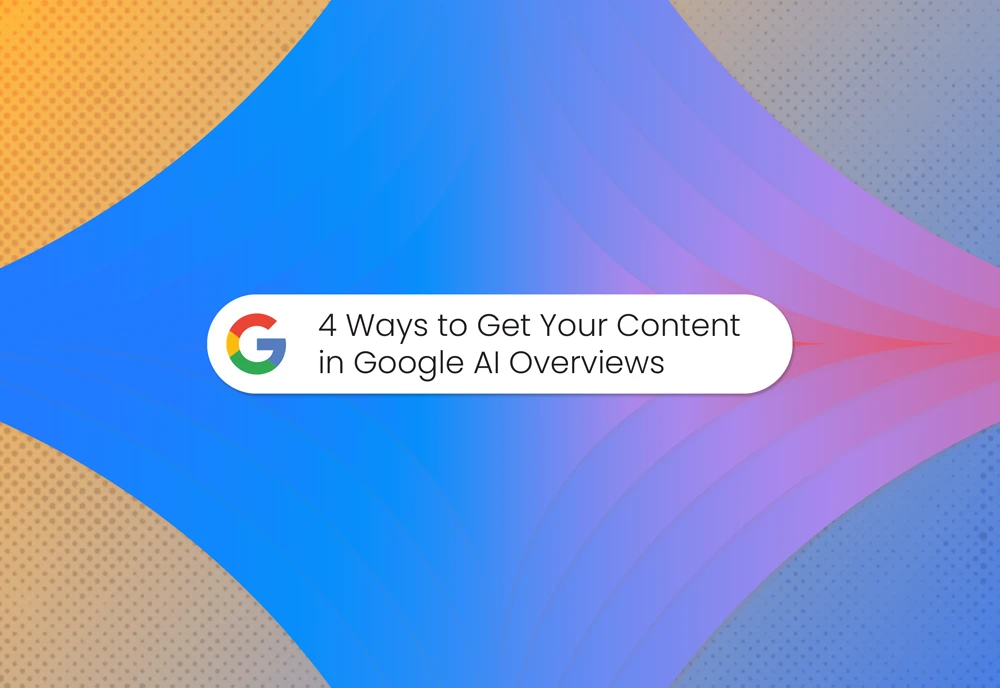In the ever-dynamic digital world, there are some significant changes ahead of us which could reshape the way websites handle user data. We’re talking about the phasing out of third-party cookies.
This move has been backed by major browsers such as Chrome, Firefox and Safari – with the changes marking a transformative step towards giving the user more privacy whilst browsing the web.
Let’s talk about third-party cookies and the future of our online privacy.
Jump to section:
Understanding Third-Party Cookies
To comprehend the significance of this shift, let’s first explore what third-party cookies are.
Third-party cookies are tiny pieces of code embedded by domains and placed on the user’s device by a different website other than the one the user has visited. They’re created when a user visits a website that includes elements from other sites, such as third-party images of ads.
For example, let’s say you’re shopping for a new pair of trainers on nike.com, you may then see your screen filled with a multitude of trainer ads on different websites and social media.
Even if the user closes down their browser, these ads will continue targeting as the tracking data is stored on the user’s computer.
Why is the change happening?
The shift away from third-party cookies is driven by a growing awareness and concern for user privacy.
As consumers become more conscious of the data they share online, there’s an increasing demand for transparency and control over personal information. In response, major browsers are phasing out third-party cookies, with Google Chrome leading the charge by announcing its plan to eliminate support for these cookies.
Impact on Digital Advertising
The implications of this change will likely ripple through the digital advertising landscape. Advertisers accustomed to leveraging third-party cookies for targeted advertising face a challenge.
Without the ability to access detailed user data across sites, advertisers must explore alternative methods for reaching their target audience. Contextual advertising, which considers the content of the webpage rather than user behaviour, is emerging as a viable option.
Additionally, there’s a renewed focus on first-party data, encouraging businesses to build direct relationships with users and obtain consent for data usage.
Enhancing User Privacy
While this transformation poses challenges for advertisers, it’s a blessing for user privacy. The elimination of third-party cookies reduces the risk of unauthorised tracking and the creation of comprehensive user profiles.
Users can navigate the web with a greater sense of privacy, knowing that their data is less likely to be exploited for targeted advertising without their explicit consent.
Adapting to the Future
In the wake of this shift, businesses, advertisers, and website owners must adapt their strategies to align with the evolving digital landscape.
This adaptation includes exploring alternative advertising models, investing in first-party data collection, and fostering transparent communication with users about data practices.
Like all of your digital strategy, your approach to digital advertising should always focus on providing value to the person it is being put in front of.
Conclusion
While the changes may present challenges for advertisers, they pave the way for a more conscientious, user-focused online experience.
It’s clear that users have become increasingly savvy about how companies are taking advantage of their data and are seeking a safer, more secure experience when navigating the internet.







